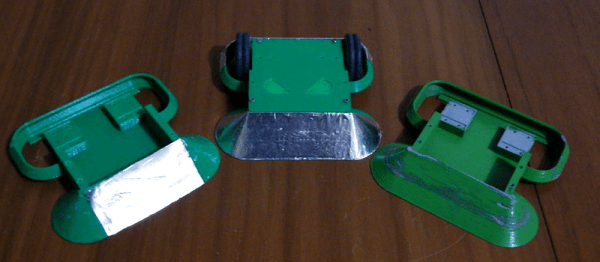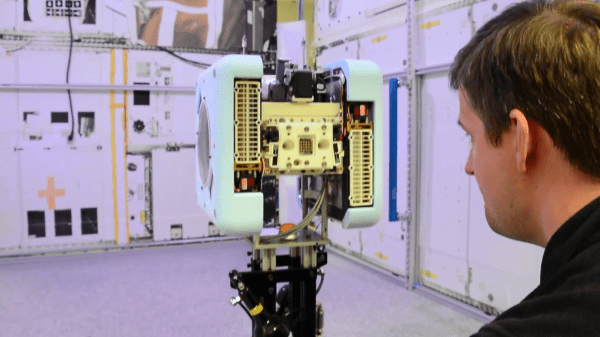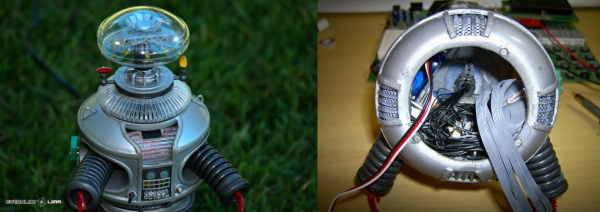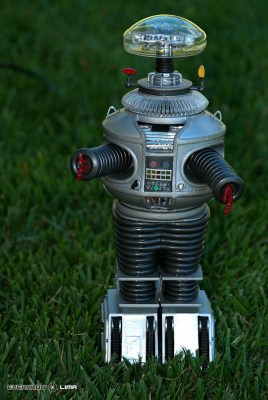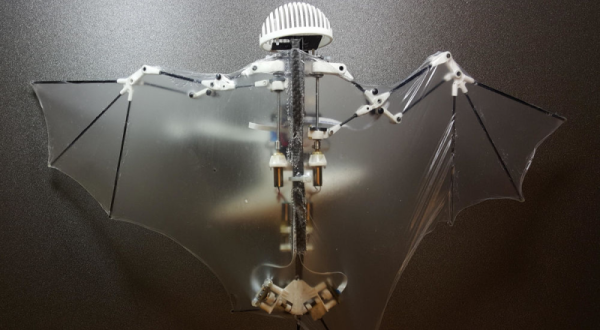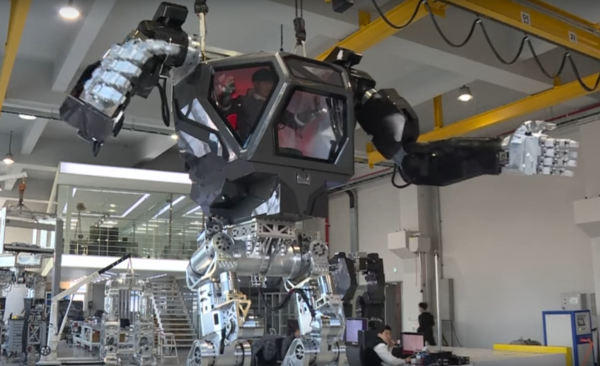Instructables user [Team_Panic] — inspired by the resurgence of robot battle arena shows — wanted to dive in to his local ‘bot building club. Being that they fight at the UK ant weight scale with a cap of 150 grams, [Team_Panic] built a spunky little Arduino Mini-controlled bot on the cheap.
The Instructable is aimed at beginners, and so is peppered with sound advice. For instance, [Team_Panic] advises building from “the weapon out” as that dictates how the rest of the robot will come together around it. There are also some simple design considerations on wiring and circuit boards considering the robot in question will take a few hits, as well as instructions to bring the robot together. To assist any beginners in the audience, [Team_Panic] has provided his design for a simple, “slightly crude,” wedge-bot, as well as his code. Just don’t forget to change the radio pipe so you aren’t interfering with other bots!

